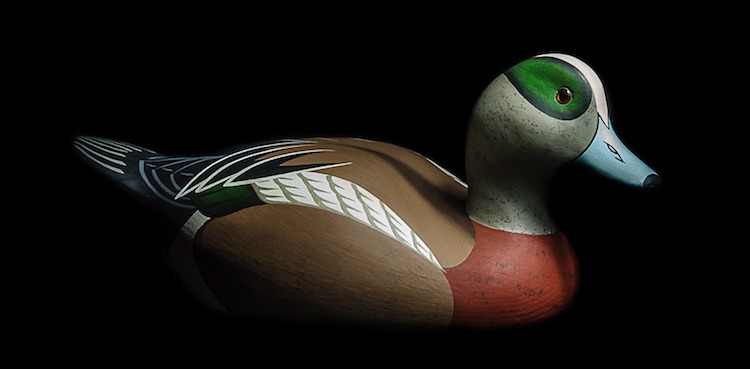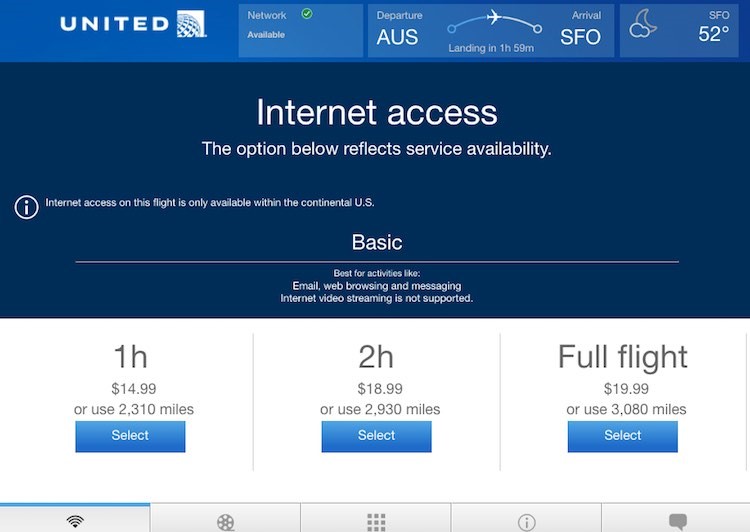Decoy Marketing
Offer a similar but inferior product to sell more

Want to sell more of a product or service? Here’s a counterintuitive idea: offer your customers a similar, but inferior, at about the same price. It’s unlikely that they will buy the less attractive item, but you should see a jump in sales of the item you are trying to sell. That’s decoy marketing.
Shaving Aisle Decoy
Here’s a real-world example. The last time I needed a can of shaving gel, I found myself staring at a shelf full of options. Gels and foamy creams, with variations like “Sensitive Skin,” “Aloe,” “Cleansing,” and many more, lined the shelves.

As I stood there befuddled by the choices, I noticed a taller can of the “Advanced” gel amidst the forest of shave products. This can was identical to several other cans of “Advanced,” but was an inch or two taller and held a couple of ounces more of product. Best of all, it seemed to be the same price as the shorter cans. I studied them for another few seconds to be sure I wasn’t missing something. Nope, I wasn’t – same stuff, same package design, same price, but 20% more product. My confusion evaporated. I had no idea how shaving gel could be “Advanced,” or how that might compare with “Aloe,” but I grabbed the bigger can, rooted around and found one more in back, and headed for the checkout with both cans.
How did buyer befuddlement turn into a larger-than-expected purchase so quickly? The answer: decoy marketing. In this case, the decoy was unintentional, but there are lots of ways that marketers can use the technique to steer customers toward a decision.
In the shaving gel display, the inclusion of the extra-large shaving cream can was an accident – the store just had a few left from a previous promotion. But the principle worked just fine. In this case, the regular size cans were the decoys. As soon as I spotted a nearly identical product that was clearly a better value, that new find stood out as the right choice.
Ariely’s Classic Decoy Pricing Experiment
“Relativity” is the key element in decoy marketing. Our brains aren’t good at judging absolute values, but they are always ready to compare values and benefits. When used proactively by marketers, a decoy product or offer can be used to make another product look like a good value. Maybe even a no-brainer, so to speak. 🙂
In Predictably Irrational (a fascinating read for those interested in neuromarketing and neuroeconomics), author Dan Ariely describes an experiment using magazine subscription offers. Like most of Ariely’s experiments, this one is deceptively simple. Two groups of subjects saw one or the other of these offers to subscribe to The Economist.
Offer A:
$59 – Internet Only Subscription (68 chose)
$125 – Internet and Print Subscription (32 chose)
Predicted Revenue – $8,012
Offer B:
$59 – Internet Only Subscription (16 chose)
$125 – Print Only Subscription (0 chose)
$125 – Internet and Print Subscription (84 chose)
Predicted Revenue – $11,444
Take a moment to look at this rather startling result. Both offers are the same, with the exception of including the “print only” subscription in Offer A. Despite the fact that not a single person chose that unattractive offer, its impact was dramatic – 62% more subjects chose the combined print and Internet offer, and predicted revenue jumped 43%. The print-only offer was the decoy, and served to make the combined offer look like a better value. While it’s true that Ariely’s test had the subjects make the choice without actually consummating the deal with a credit card, it’s clear that introducing the decoy made the combined offer look more attractive.
Decoy in the Air
The same day I wrote this, I was on a United flight and checked the wifi prices. One glance suggested that someone at the airline understood decoy marketing.

The flight was about 4 hours long. The pricing offered was:
1 hour – $14.99
2 hours – $18.99
Full flight – $19.99
It might have been simpler to offer just two prices – the one hour price and the full flight price. But, the two hour price, nearly as expensive as the full flight price, is the decoy. One can expect that the full flight package is the best-selling option. Ariely’s research suggests that some customers who might have purchased the single hour would, under the decoy condition, pay for the full flight.
How Decoys Work
So, jumping back to the shaving gel topic, if a drug store received a shipment of promotional cans with an extra 20% of product inside, their first reaction might be to remove the regular cans from the shelf until the promotional stock was gone. What customer would be dumb enough to buy the small can when the bigger cans were the same price?
According to decoy marketing logic, however, the store would be well advised to leave a few of the small cans on the shelf with the bigger ones. As counterintuitive as it seems, the presence of some small cans so would likely boost sales of the larger promotional cans – perhaps even taking market share away from competing products that came in the larger size to begin with.
Decoys in Real Estate

It’s been a while since I’ve been home shopping, but in my experience real estate agents often set up a tour of several homes in the same price range, leaving the most desirable for last. This seems to me to be another form of decoy marketing, particularly when the next to last house is a particularly bad comparison with the one the agent hopes to sell you (e.g., almost the same price but in need of more repairs).
Ariely suggests that this will be most effective when the comparison is between superficially similar homes, e.g., two-story colonial-style homes with the same number of bedrooms. Buying a house is a complex, risky, and expensive process, and getting a buyer to make a decision – even when he/she knows it’s necessary – can be difficult. Clever real estate agents learn that comparisons are a key part of the buyer’s process, and that selecting the right homes to visit is a key part of moving toward a decision.
Can a Decoy Help Your Sales?
I don’t advocate any techniques that push a customer into buying something he doesn’t need or want. But sometimes, customers have difficulty deciding between alternatives and, to get the product they need, require a small nudge in one direction or the other. For example, I was going to buy shaving gel in that store no matter what, but the unintentional decoy got me to the decision point and on my way more quickly than if I had I spent another few minutes considering the weighty issues of gel vs. foam, aloe vs. sensitive skin, cheaper small size vs. expensive big size, and so on.
When creating their product offerings, most companies try to come up with the best and most attractive offers they can – a practice I wholly endorse. But, sometimes adding a less attractive offer to the mix will close more deals on the better offers without disadvantaging the customer in any way.
So, the next time you are coming up with your “good, better, and best” packages, consider tossing in a “not so good” package that’s similar to (but not as good as) the one you’d like to drive the most traffic to. If that boosts sales of that item, you’ll know your decoy is working!

